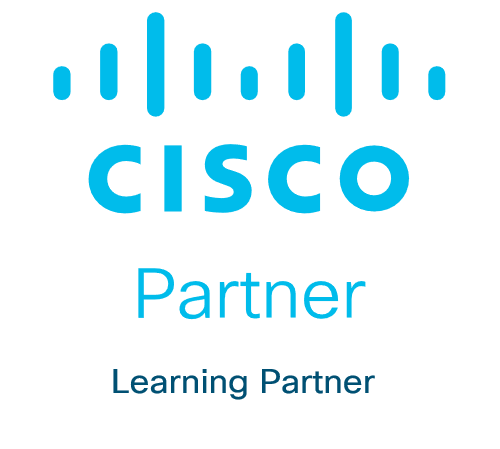What you’ll learn
Who should enroll
- DevOps engineers
- Integration engineers
- Network and software architects
- Network engineers
- Software engineers
- System administrators
Technology areas
- Software Defined Networking
- Service Provider
Training overview
Objectives
After completing this course, you should be able to:
- Describe network and IT convergence
- Describe Cisco NSO architecture
- Describe Linux
- Configure Cisco NSO
- Set up access control to Cisco NSO system
- Describe Cisco NSO Integration Options
- Explain version control systems and basic git concepts
- Describe the purpose of continuous integration and continuous delivery
- Implement Cisco NSO high availability
- Describe scalable system management
- Describe software development methodologies
- Describe service maintenance
- Perform NED upgrades
- Use Cisco NSO for managing services and their associated device configurations
- Describe Cisco NSO change management
- Explain service problem management
- Use Cisco NSO for service monitoring and compliance reporting
- Describe Cisco NSO inventory management
- Describe Cisco NSO use cases
Prerequisites
Before you take this training, we recommend that you have the knowledge and skills obtainable by attending the Cisco Network Services Orchestrator Foundation (NSO201) class, including:
- Basic knowledge of the Cisco Command-Line Interface (CLI)
- Basic knowledge of the CLI of UNIX-like operating systems
- Basic knowledge of Yet Another Next Generation (YANG) data modelling
- Basic knowledge of Python software development
Lab outline
- Perform NSO System Install
- Implement Role-Based Access and PAM
- Using Cisco NSO APIs
- Learn to work with Git
- Use NSO in Docker
- Configure High Availability
- Migrating a Monolithic Service to LSA
- Deploying the LSA Services
- Use the Network Connectivity Tool (NCT)
- Perform Service Backup and Restore
- Migrate a CDM Device
- Build a NETCONF NED
- Replacing a Device
- Troubleshoot NSO Alarms and Services
- Creating a Compliance Report



